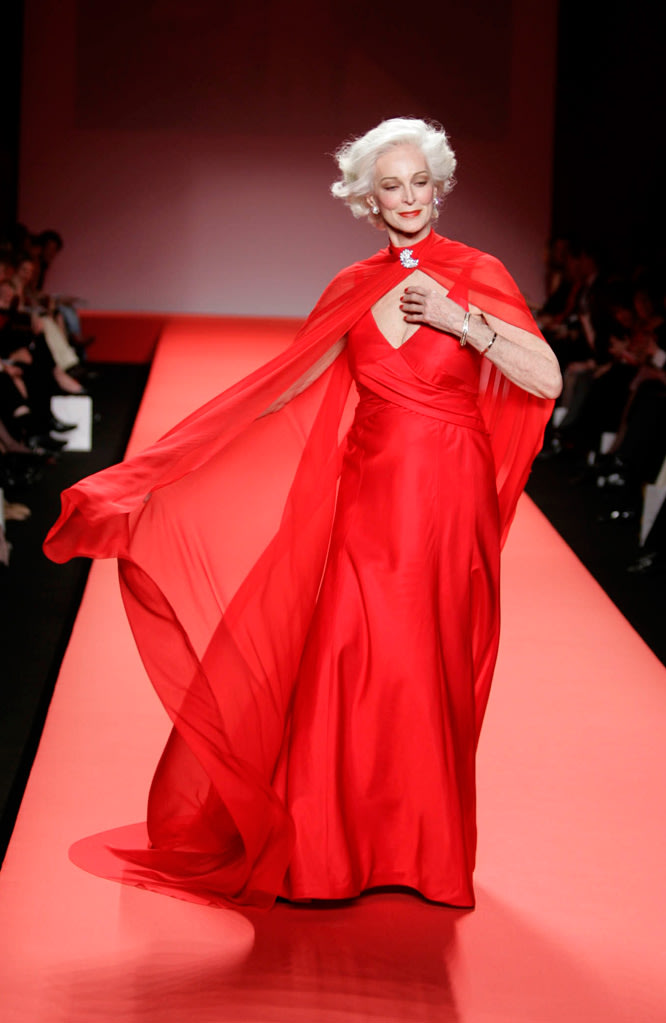We often spend on hand sanitizers that claim to kill 99.9 percent of germs, but all too often, we’re not getting the protection we’re paying for. Studies show that sanitizers aren’t very effective against some of the germs we fear most, including colds, flu and the nasty stomach bug norovirus.
However, there’s also research showing that alcohol-based sanitizers can reduce overall rates of GI infections, cut the number of days kids stay home sick from school, and lower illnesses among college students living in dorms.
New studies also raise concern about potential health risks from a widely used hand gel ingredient—and there’s also evidence that many of us use these disinfectants incorrectly.
Take a look at some facts and myths about the germ-fighting gel.
Hand gels don’t cut through grime.
Dirt, especially proteins or fatty materials, reduces the effectiveness of hand sanitizer, so alcohol-based hand sanitizers are not suggested if hands are visibly soiled. Instead, wash with soap and water.
It is important to use the product correctly. Rub the sanitizer over the entire surface of the hands and fingers – including under the nails – just as you would when using soap and water.
One type of hand sanitizer actually raises bacteria counts.
That was the startling finding of a study comparing various products, according to the CDC. Volunteers placed their dominant hand on plates of agar growth medium (used to grow bacterial cultures in lab dishes) before and after various treatments, such as rinsing with tap water, lathering with antimicrobial soap, or rubbing hands with sanitizers, including one purchased at a discount store.
The next day, culture plates from hands rubbed with the store-bought gel not only had clumps of bacteria, but in some cases, they’d formed a visible outline of the volunteer’s hand. The researchers discovered that the discount product only contained 40 percent alcohol.
Though the study doesn't specifiy which hand sanitizer raised bacteria counts, there have been several voluntary recalls of hand sanitizers due to bacterial contamination, including Kleenex-brand Luxury Foam hand sanitizer in June, 2012 and X3 Clean Alcohol-Free Foaming Hand Sanitizer in November.
Not all disinfectants are equally effective.
It depends on which hand sanitizer [you’re] using. Alcohol-based sanitizer with 60% concentration is very effective at killing a wide range of bacteria and viruses on the hands—and the product of choice in the hospital setting based on rigorous randomized intervention studies.
However, “hand washing with plain soap and water is the preferred regimen, but if a sink is not available, or you are in rush or cannot leave your desk, hand sanitizer is an appropriate alternative.
Alcohol-based gels and sprays only kill certain microbes.
There are a few germs against which alcohol gels are not very effective. This includes spores from Clostridium difficile (a cause of diarrhea in persons who have received antibiotics) and norovirus. Infections with the superbug C. difficile are at an all-time high, the CDC reports, killing about 14,000 Americans a year.
A 2011 CDC study found that long-term care facilities where staff used alcohol-based hand sanitizer were six times more likely to have outbreaks of norovirus than facilities where staffers lathered up with soap and water.
There’s not much evidence that sanitizers prevent colds and flu.
In the University of Virginia study, volunteers who used alcohol-based antiviral hand sanitizer every three hours had no significant drop in flu or rhinovirus infections, compared to non-users. The findings were presented at the 50th Interscience Conference on Antimicrobial Agents and Chemotherapy in Boston.
These results suggest that hand transmission may be less important for the spread of rhinovirus [the main cause of colds] and influenza virus than previously believed. Instead, these germs are mainly spread through airborne droplets released when infected people cough and sneeze.
An ingredient in many hand sanitizers, soaps, and deodorants may harm the heart and muscles.
A 2012 study reports that that the antibacterial chemical triclosan impaired muscle function in fish and mice, according to researchers at the University of California, Davis, and the University of Colorado.
In test tube experiments, triclosan also hindered the ability of isolated heart muscle cells and skeletal muscle fibers to contract. The effects of triclosan on cardiac function were really dramatic.
Although triclosan is not regulated as a drug, this compound acts like a potent cardiac depressant in our models. However, it’s not yet known if the chemical is harmful to people. The FDA and the EPA are conducting new risk assessments, while the researchers call for “a dramatic reduction in its use.
Purell Advanced Hand Sanitizer is frequently used in hospitals and medical facilities, and does not contain the chemical triclosan.
Exposure to everyday germs during childhood may prevent diseases later in life.
A 2009 study by Northwestern University found that kids raised in ultra-clean environments may have higher levels of inflammation as adults, which could boost risk for heart attack, stroke and other dangerous disorders.
Conversely, kids who grow up in less hygienic environments have five to seven times lower levels of the inflammatory marker C-reactive protein as young adults.
The findings suggest that overusing sanitizers and antibacterial products may cut the number of infectious diseases kids get when they’re young, but make them less healthy over the long term—something parents may want to consider before reaching for disinfectants to protect kids from childhood diseases.






 Linggo, Disyembre 07, 2014
Linggo, Disyembre 07, 2014
 Lecor Martineau
Lecor Martineau

















